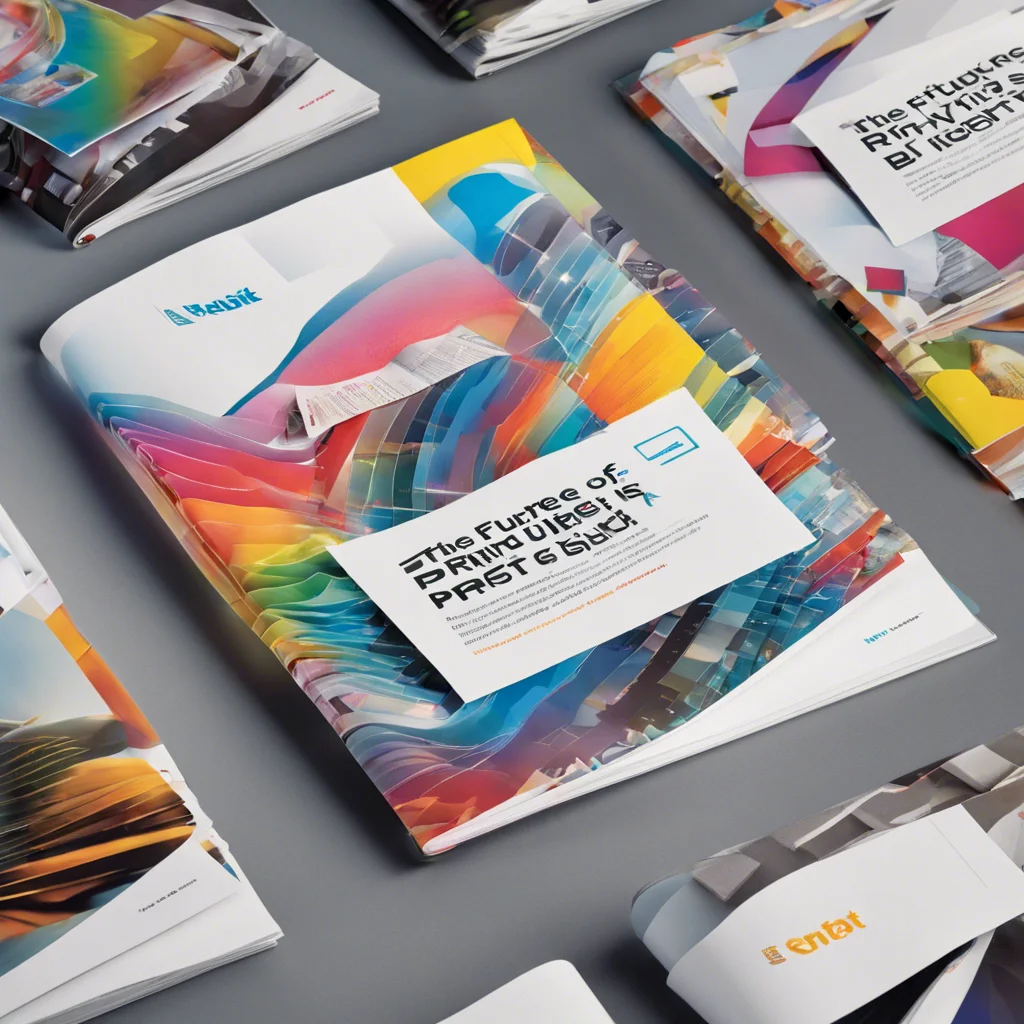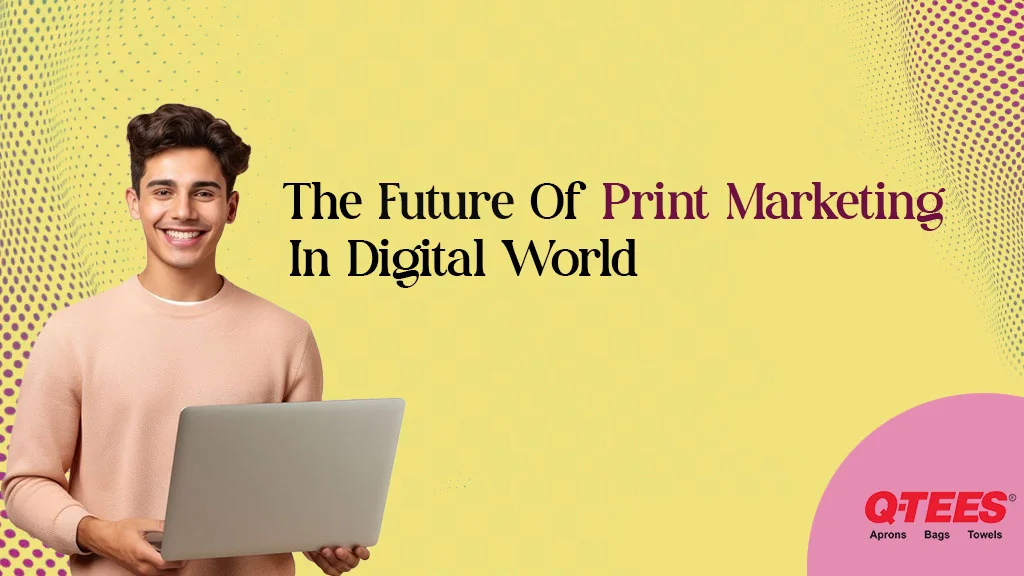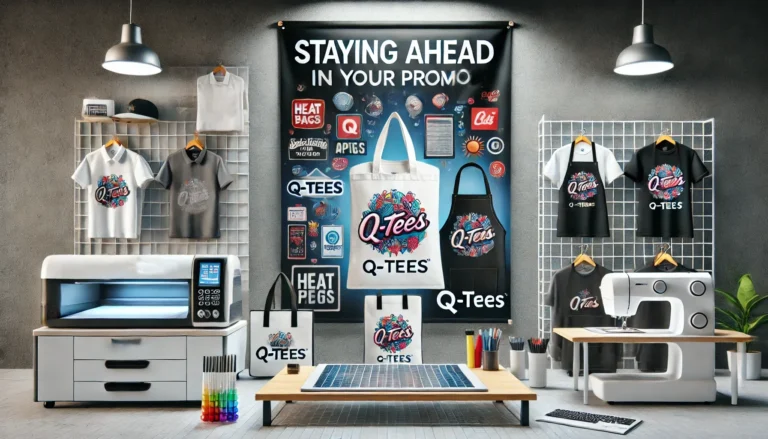The Future of Print Marketing in a Digital World: Staying Relevant in 2024 and Beyond
Introduction Despite the e-Comm revolution, print marketing has always been vital…
Introduction
Despite the e-Comm revolution, print marketing has always been vital to creating brand visibility, trust and helping customer engagement. Though in today digital world many a marketer would question if the print media is of any relevance. With more and more companies moving online, the future of print marketing may be in question. However, print marketing — when done strategically — can enhance digital efforts and create innovative ways to engage audiences. In this post, we’ll get into the future image of print marketing and why it is still a fundamental element on every brand.
1. The Role of Print in a Digital Era
Despite the e-Comm revolution, print marketing has always been vital to creating brand visibility, trust and helping customer engagement. Though in today digital world many a marketer would question if the print media is of any relevance. With more and more companies moving online, the future of print marketing may be in question.
However, print marketing — when done strategically — can enhance digital efforts and create innovative ways to engage audiences. In this post, we’ll get into the future image of print marketing and why it is still a fundamental element on every brand. In a digital world where virtual communication can feel impersonal, print helps brands create deeper, emotional connections. The sensory experience of touching, seeing, and interacting with a printed piece can leave a lasting impression. For companies looking to stand out, especially in an over-saturated digital landscape, this creates an opportunity.
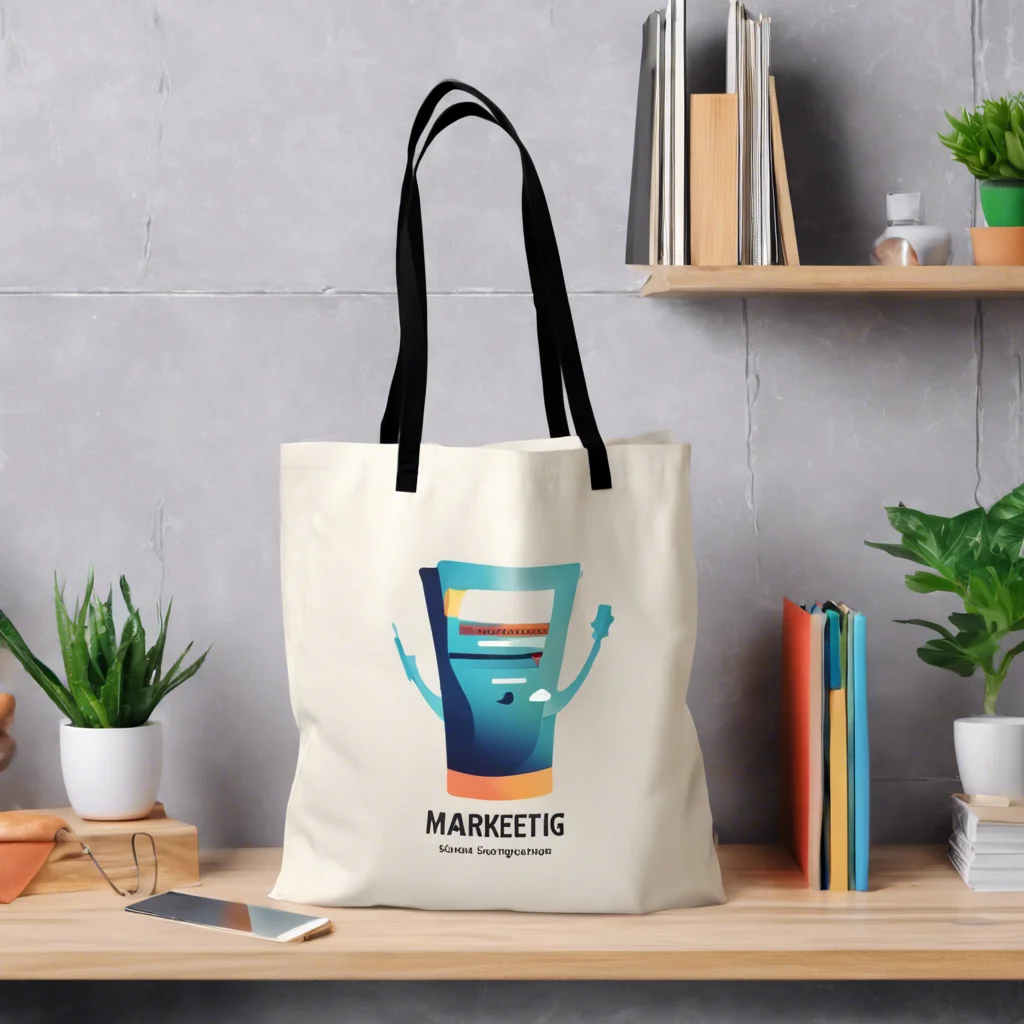
2. Integration of Print and Digital Marketing
One of the most significant trends in the future of print marketing is its integration with digital channels. Marketers no longer need to see print and digital as separate entities; instead, they complement each other to create a cohesive brand experience.
QR Codes, Augmented reality, Near field communication are game changers connecting printed medium to digital users. This allows customers to scan printed materials with their smartphone which direct them to landing pages, online catalogs or exclusive offers. This integration bridges print marketing into a digitally inter-connected world.

3. Sustainability and Eco-Friendly Printing
Consumers today are more environmentally conscious than ever before, pushing businesses to adopt sustainable practices. The print industry has responded by embracing eco-friendly materials, such as recycled paper and water-based inks. Sustainable printing solutions not only reduce the environmental impact but also align with consumers’ preferences for brands that promote social responsibility.
Promotional products like cotton canvas tote bags or paper materials from Q-Tees made from eco-friendly fabrics are great examples of brands moving towards sustainable options. Companies that use environmentally friendly materials in print marketing campaigns resonate with their audience, especially eco-conscious customers, giving print marketing a valuable edge.

4. Targeted Print Marketing
Data-driven marketing isn’t limited to the digital world. Brands can use data to create personalized print marketing campaigns, just as they do with digital strategies. Direct mail pieces tailored to specific demographics or customer behaviors yield high returns on investment. In fact, research shows that personalized print marketing has a 29% higher response rate than generalized print pieces.
With tools like variable data printing, marketers can easily personalize everything from catalogs to promotional materials with names, purchase history, and personalized offers, enhancing customer loyalty. This type of hyper-targeted marketing enables brands to get their print materials into the right hands with the right message.
5. Longer Shelf Life of Print Marketing Materials
While digital ads and emails often have a fleeting lifespan, print marketing materials tend to stick around longer. A well-designed brochure or flyer can sit on a customer’s desk or be pinned to a bulletin board for days, weeks, or even months, constantly reinforcing the brand’s message. The tangibility of print ensures that brands remain visible over a longer period than a simple online interaction might.
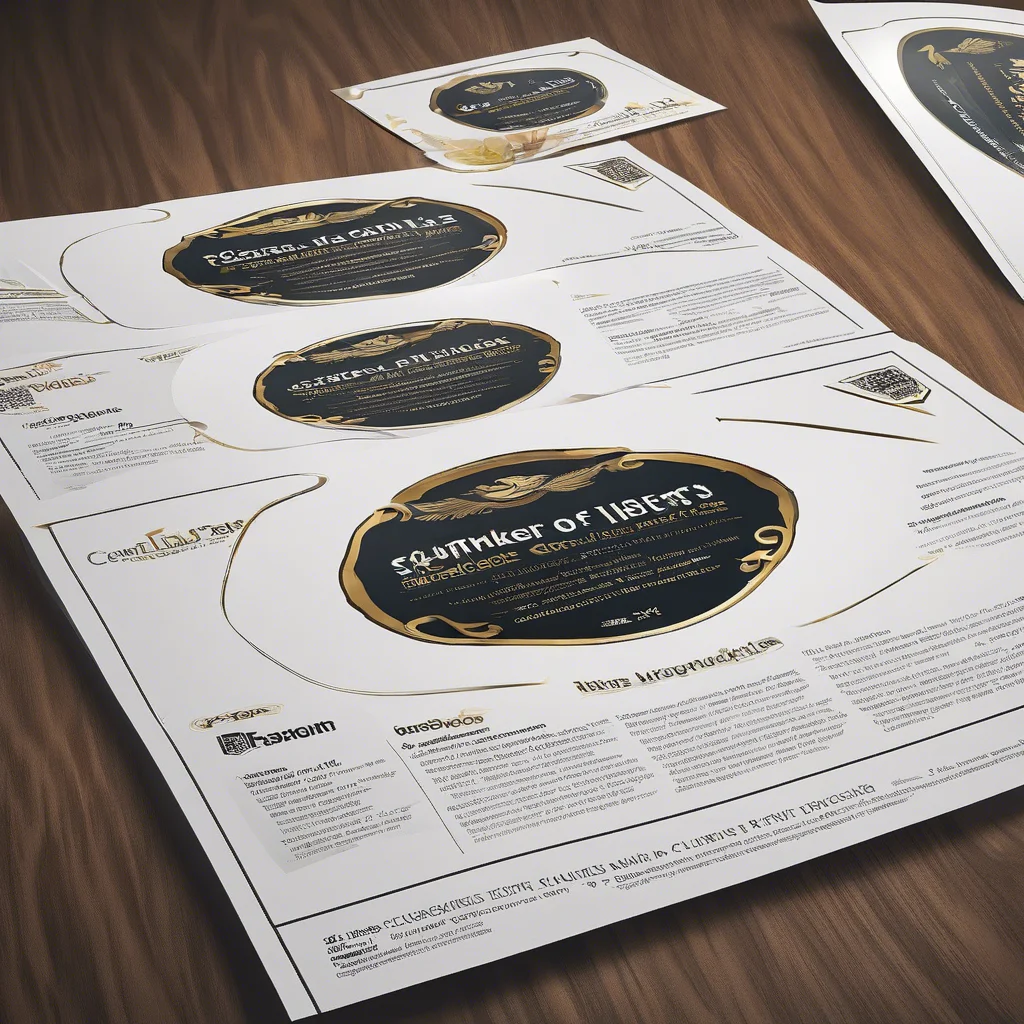
6. Print Builds Trust and Credibility
In a world where fake news and digital ad fatigue are rampant, print marketing can offer something digital ads often cannot—credibility.
A well-designed catalog or magazine feels more trustworthy than an email or social media post. Studies have shown that people trust printed materials more than digital content, making print an effective way to build brand trust. As part of a multichannel marketing strategy, combining both digital and print formats enhances brand authority. Print can be used for long-form content, product information, or storytelling, while digital ads drive immediate engagement, offering the best of both worlds.

7. Conclusion: The Future of Print is Bright
While the marketing landscape continues to evolve, print is far from obsolete. The future of print marketing lies in how well it can integrate with digital strategies, leverage personalization, and focus on sustainability. Brands that innovate in these areas—such as those using eco-friendly materials like Q-Tees’ sustainable tote bags—are well-positioned to thrive in this hybrid marketing era.
Print marketing will always hold a unique place in the promotional world, offering the tangible, trustworthy, and emotional connections that digital media often struggles to replicate. With strategic planning and the right blend of digital tools, print marketing can continue to be a valuable asset for businesses in a digital-first world.
